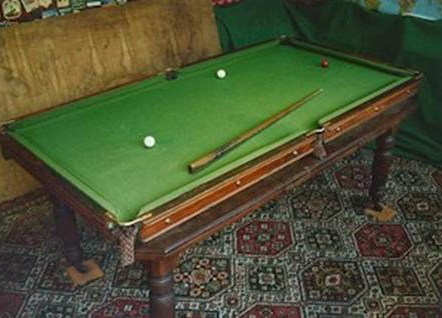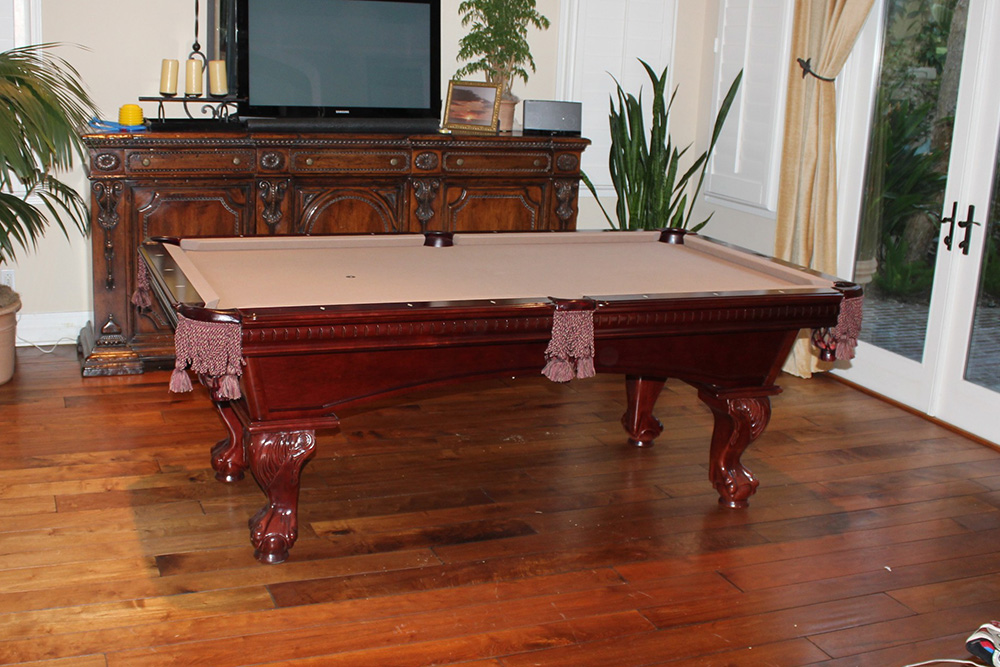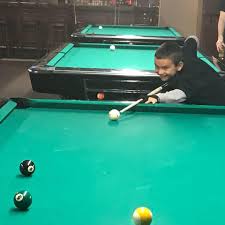
Snooker pool balls are made from a variety of different materials. These balls are smaller than traditional pool balls and come in a wide range of colors. These balls use lighter tips and smaller cues. The size of the table and the rules of the game are similar, so you can use a similar cue. Here are some things you should consider if you have a table for snooker.
Snooker pool balls in different colors
There are many different colors for snooker balls. While some are neutral and complement one another, others are more striking. Blue and yellow pool ball colors complement one another, for instance. Other pool balls are designed to make the table look unique. If you want to add a touch of class to your table, you can purchase a set of granite or Ultraviolet balls.
Most pool balls are solid red, but snooker uses a variety of colored balls. These can range from blue, yellow, green, and brown. The cue ball's color is white. There are also striped balls.
Materials used for making snooker-style pool balls
Snooker pool balls are made of a variety of materials. They were originally made of wood as it was cheap and easy to find everywhere. However, this material was not very long-lasting and it easily changed its shape. There were alternative materials that could replace wood. In the 19th century, the ball was made from ivory. The ivory balls were expensive and could only ever be used four times per elephant.

Over the centuries, the materials used in making snooker pools balls have evolved. Wood was an easy material to work, and it was why it was first used. Europeans developed a taste for new materials over time and started to experiment with them. In the seventeenth century, elephant tusks were used to create pool balls.
Dimensions of a snooker table
Snooker table are larger than pool tables but have more accessories and features. The ball must be controlled by the players and the playing area must be smooth. The cloth used for the playing surface can be either nylon or wool. Both of these materials are expensive, but are also durable and can last for years. You should consider the dimensions of the table and the materials that were used in making it.
There are three sizes to snooker tables. The WPA standard table has wide, angular pockets, while the WEPF table has narrower pockets. The opening of the pocket on a WPA table is between two and three times wider than the diameter of a standard snooker ball. The WEPF table uses balls measuring two to two+1/4 inches (51 to 54 mm), while the WPA table uses smaller balls.
Rules of snooker pool games
There are many rules and regulations to snooker. The main objective is to score more points than your opponent. You can do this by potting balls or forcing your opponent to foul a shot. Flipping a coin determines who will win the game. Each player places the cue ball wherever they see fit within the D-shape. The goal is for the redball, which is usually the highest scoring ball in a game, to reach the pocket.
Foul play is when the cue ball touches any ball that cannot be placed on. If the cueball touches another ball, the player must immediately move away from the ball. This is true even if another player has nominated a ball.

Availability of snooker pool balls
Snooker is a form of pool that requires the use of snooker balls. Each set contains twenty-two balls. These include a rack of 15 red balls, six red ball placed at predetermined places, and a cue ball. Numeroted balls can be used to show their point value. There are two types of snooker balls available: the Aramith and English styles.
There are many options for snooker pool balls. Because it was affordable to produce, the first balls were made out of wood. Europeans became more interested in exotic materials as they developed a preference for ivory. In the 17th century ivory was the most popular material for pool balls. Manufacturers began searching for alternative materials as the elephant's tusks started to become endangered.